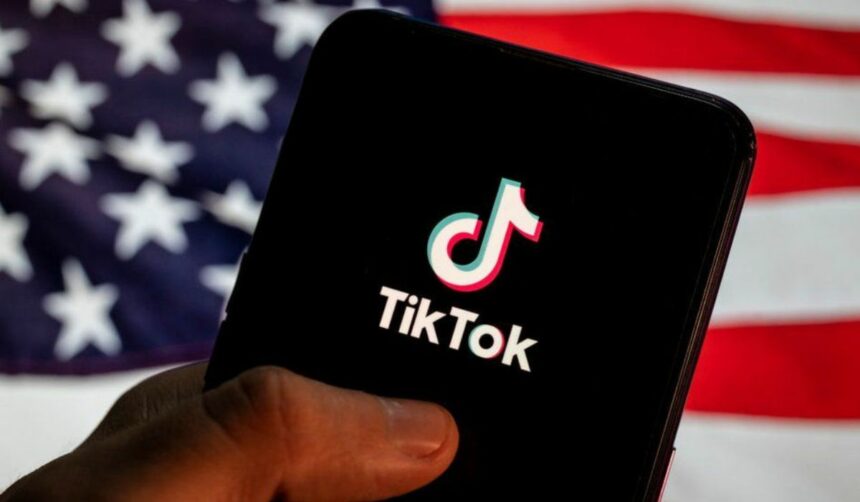TikTok, a platform for sharing short videos, said that it will start automatically labelling material created by artificial intelligence (AI) across many platforms, including OpenAI’s Dall-E and its tools.
The initiative, which was made public on Thursday, May 9, attempts to allay worries about false material spreading widely on the well-known social media network.
The embattled company claimed Content Credentials technology, a new tool created in collaboration with the Coalition for Content Provenance and Authenticity (C2PA), will be integrated into its algorithm.
It was also announced by TikTok that it will incorporate Content Credentials into the output of its AI effects generator to further hinder the propagation of fakes on other platforms.
In addition to requiring producers to mark realistic AI-produced content over the previous year, the firm currently identifies effects for its users.
As the first video-sharing platform to do so, the company issued a warning, saying that it would take some time before automatically labelled AI material on TikTok becomes mainstream. Once more social networks use the technology, this should become simpler.
Adam Presser, Head of Trust & Safety at TikTok, while confirming the development said: “AI-generated content is an incredible creative outlet, but transparency for viewers is critical.
“By partnering with peers to label content across platforms, we’re making it easy for creators to responsibly explore AI-generated content while continuing to deter the harmful or misleading AI-generated content that is prohibited on TikTok.”
We earlier reported a bill that required ByteDance to sell TikTok within a year or face being banned was passed into law by President Biden.
Politicians are concerned that ByteDance may be forced by the Chinese government to manipulate algorithms to sway public opinion or spy on user data on TikTok.










